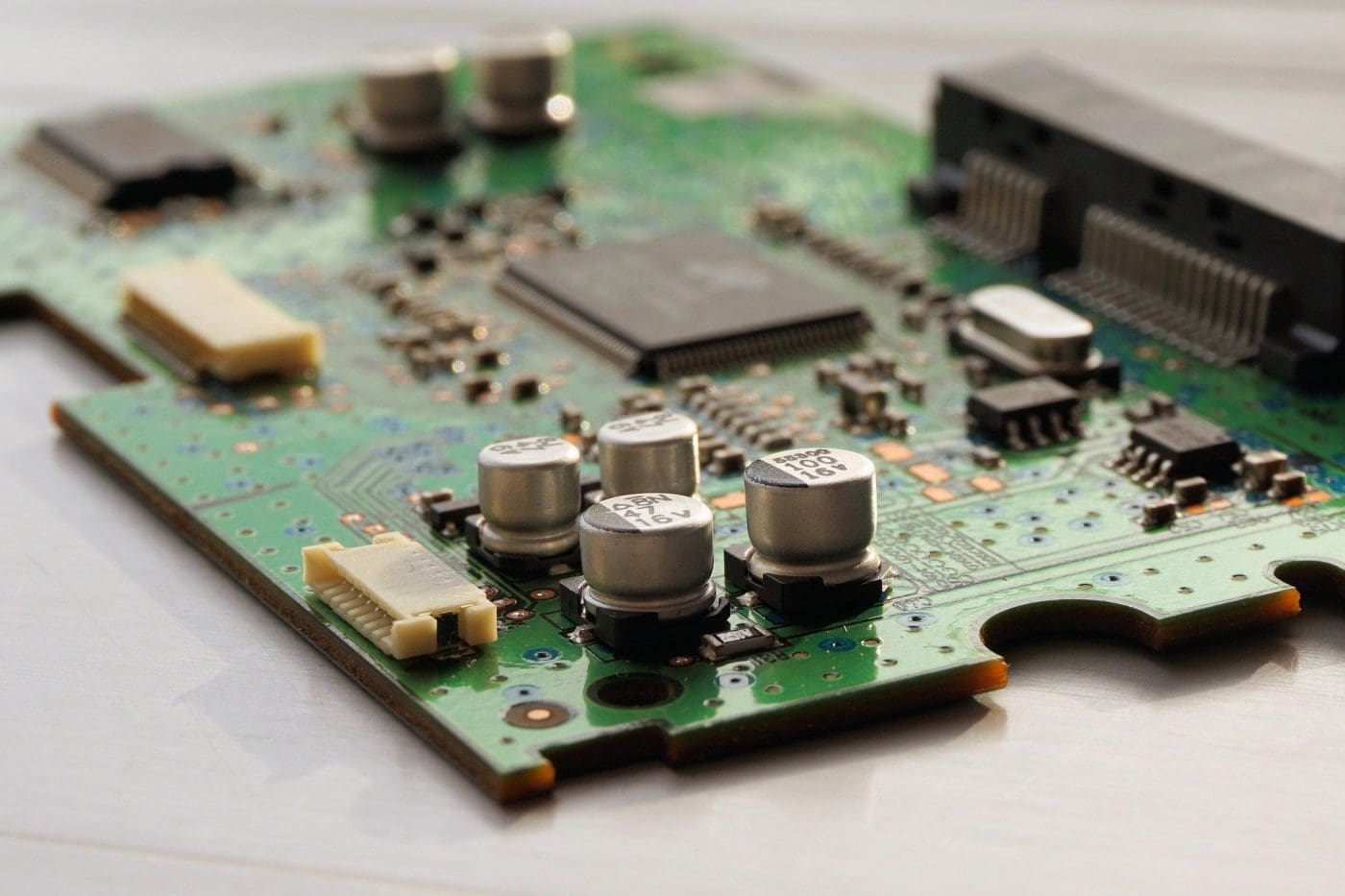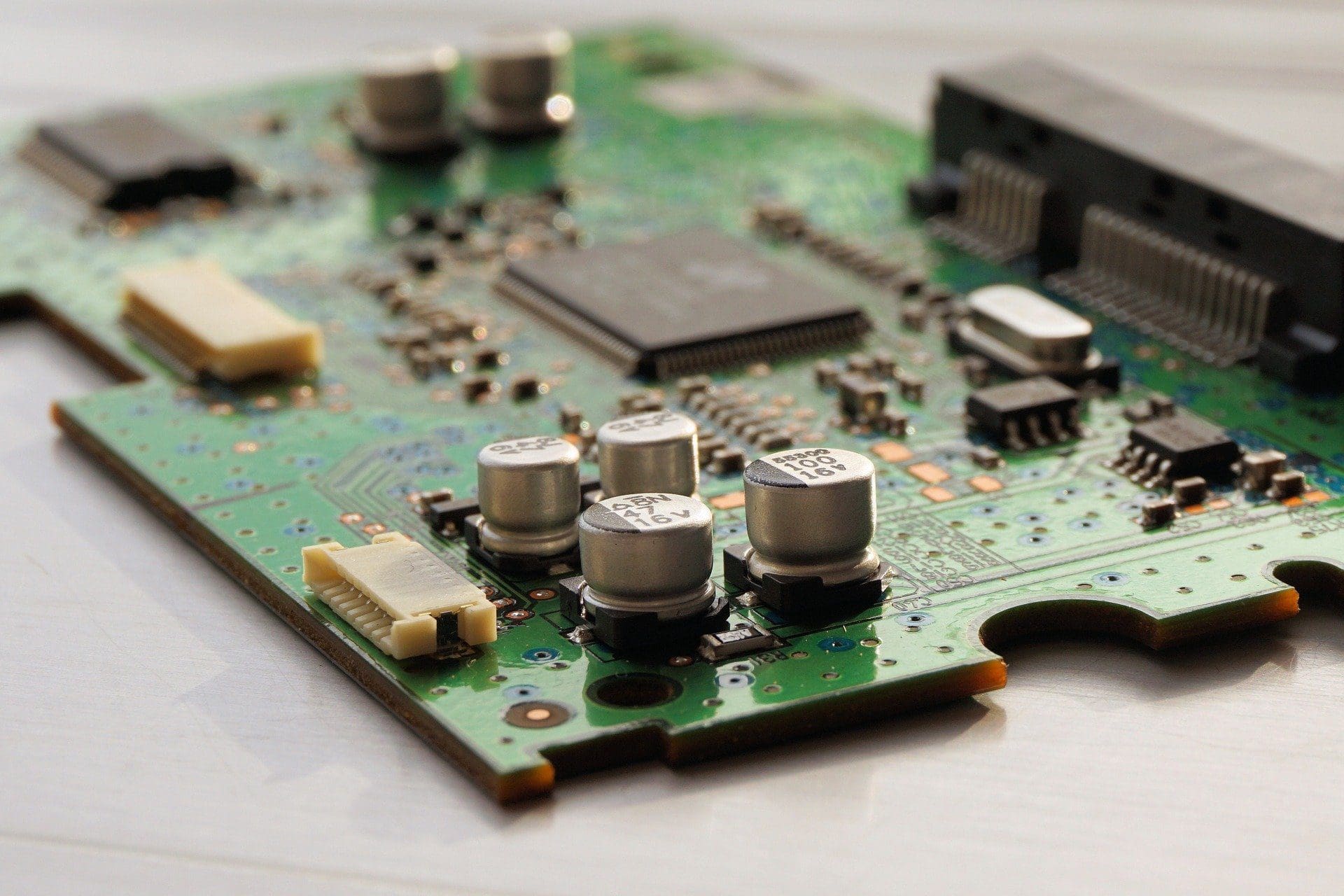
Restriction of Phthalates Under EU RoHS

 As of 22 July 2019, the RoHS Directive applies to category 11 products, and the number of restricted substances has now risen to ten, with phthalates now restricted in Electrical and Electronic Equipment (EEE). RoHS conformity assessment, EU declaration of conformity, and CE marking is now required for an extended range of products. EEE producers who were not previously declaring compliance may now find themselves subject to the obligations of the Directive. Products that do not comply with the updated requirements may no longer display the CE mark and should not be placed on the EU market.
As of 22 July 2019, the RoHS Directive applies to category 11 products, and the number of restricted substances has now risen to ten, with phthalates now restricted in Electrical and Electronic Equipment (EEE). RoHS conformity assessment, EU declaration of conformity, and CE marking is now required for an extended range of products. EEE producers who were not previously declaring compliance may now find themselves subject to the obligations of the Directive. Products that do not comply with the updated requirements may no longer display the CE mark and should not be placed on the EU market.
Open scope
Category 11 is the one RoHS category left undefined by the legislators. Often referred to as the ‘other’ category, it essentially catches EEE which fulfill the Directive definition, in respect of which an exclusion cannot be claimed and that fails to fall within any of the other categories.
What potential EEE does this leave? Examples of category 11 that have been circulated are 2-wheeled electric vehicles (implied in Article 4(f)), electric cables and certain non-finished cables, such as cable reels without plugs.
Hereafter, categories will only be relevant for exemptions, and the yardstick will change from is my product covered by RoHS to is my product excluded or can I use an exemption?
Restriction of DEHP, BBP, DBP and DIBP
DEHP, BBP, DBP and DIBP, added to Annex II by Directive (EU) 2015/863, are all capped at 0.1% in EEE, with the transition period granted by the amendment ending 22 July 2019. Phthalates are widely used and will affect a large portion of EEE industry using them in plastics. Wires and cables, sealed radial bearings, soft rubber components, synthetic leather covers are at high risk of containing the newly-restricted substances.
Phthalate restriction (not RoHS 3) will conceivably have a much more perceptible impact, as their restriction will affect activities of many operators within the sector, owing to the prevalence of cables etc. manufactured with PVC sheaths.
Cables that are manufactured and sold along with EEE are considered to be part of that EEE, and so subject to restrictions, including additional phthalates. However they still do not need their own DoC or CE mark, provided that they come within those supplied for the EEE.
External cables placed on the market separately that are not part of another EEE must meet the material restrictions and will need their own Declaration of Conformity and CE marking from the relevant date.
Cables fall squarely within the definition of EEE, so manufacturers now need to diligently seek material declarations from suppliers.
*note re consolidated text: the EU Commission has clarified that it does not operate a policy of consolidating the Directive each and every time an amendment relating to exemptions is published. The consolidation will only issue when the exemptions are scheduled apply, and similarly for new substance restrictions. Quite a number of exemptions are also set to apply in July, so it is reasonable to expect that a new consolidation will be published soon.
If you want to stay on top of global regulations from around the world, Talk to Us today!








